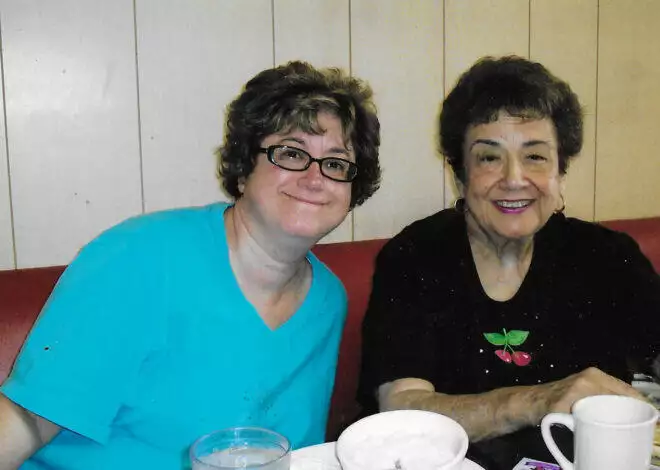What Causes Age Spots?
Members of the American Society for Dermatologic Surgery (ASDS) say that age spots are almost always caused by exposure to the sun. The sun stimulates melanin production, and if we make a habit of being out in the sun too long unprotected, brown spots can appear on the skin when we get older. Skin receives more sun damage over time, increasing the likelihood of developing dark pigmentations later in life. While sunspots are common in individuals with fair skin, people with darker complexions can also develop age spots. There are steps that women can take to prevent age spots, but first we have to have a better understanding of the causes.
Features
According to information from the National Institutes of Health (NIH), even though age spots are sometimes referred to as liver spots, the appearance of these discolorations of the skin is actually unrelated to the liver. Age spots vary in size. They are flat and oval in shape, and are commonly found on the face, neck, arms, shoulders and the back of the hands. Sometimes age spots appear on the top of the feet. These are normally the areas on the body that get the most sun exposure. Treatment for age spots is usually not required, but some women worry about the cosmetic appearance, which makes them feel self-conscious. Age spots are light brown to black in color, and can begin to appear after age 40. They become more common after the age of 55.
Melanin
Melanin is the pigment in the skin that gives skin its color. This substance absorbs sunlight, naturally protecting the skin against harmful UV rays. As ultraviolet light accelerates the production of melanin, dark spots may begin to appear on the skin. As we get older, the skin slowly loses its ability to recover from damage caused by the sun’s ultra-violet rays. This excess of melanin forms deposits in the top layer of the skin causing hyperpigmentation or changes in skin color.
Common Causes
The American Academy of Dermatology (AAD) continues to support the position that while cumulative exposure to sunlight over time is the most common cause of age spots, the use of tanning beds and tanning lamps can age the skin. Recent studies conducted by researchers at Dartmouth Medical Center suggest that women who regularly use tanning beds may be at increased risk for skin cancers. A perfect bronze tan may give you a gorgeous look, but doctors say it isn’t healthy for the skin. In fact, according to the American Medical Association (AMA), frequent exposure to UVA and UVB light from tanning beds actually damages the skin, and can cause areas of discoloration. While genes may be partially to blame, a recent study published by the American Society of Plastic Surgeons (ASPS) indicates that sun exposure and lifestyle habits are more likely the causes of aging. Researchers also point out that the use of certain antibiotics such as tetracycline, some diuretics and foods containing the chemical psoralen increase the skin’s sensitivity to the sun, increasing the risk for developing age spots, especially if you do not protect yourself from the sun.
Prevention
Physicians say that you can protect your skin from the sun by wearing sunscreen year round, even when going outside in the winter months. The AAD recommends staying out of the sun between the hours of 10:00 a.m. and 4:00 p.m. when the sun’s rays are the strongest. Apply sunscreen with a minimum SPF of 15 before going out into the sunlight for an extended period of time. For additional protection from the sun, wear sunglasses that block UV rays, and appropriate clothing such as a long-sleeve shirt, long pants and a wide-brimmed hat.
Treatment
There are a number of skin care products available on the market that can help lighten the appearance of age spots. Some products contain ingredients such as glycolic acid, and vitamins C and E to regenerate collagen and restore the skin’s elasticity. Other treatment regimens involve spraying liquid nitrogen onto the skin to destroy the excess pigment. Laser treatment is more expensive than cryotherapy (freezing), but has fewer side effects. A series of treatments target brown pigmentation in the skin, and the spots gradually fade after several weeks. Side effects include swelling and sensitivity for a few days around the treated area. Most health insurance plans will not cover the cost of these treatments because they are considered to be cosmetic in nature. Bleaching creams and chemical peels are other treatment options.
Cautions
Although age spots generally present no health risk, the ASDS advises that you should see your doctor or dermatologist if you notice any abnormal changes on your skin. Your physician may need to perform a skin biopsy to rule out melanoma, a form of skin cancer. Possible warning signs of melanoma include a large brown spot with darker discolorations, spots that change in size or color, or a dark spot irregular in shape. Report even subtle changes to your health care provider.




